CHARLESTON, W.Va. — The late historian and journalist Jim Comstock battled ceaselessly to keep alive the memory of the West Virginia "mountaineer," the independent, Union-loyal resident of the state's mountain regions. Surprisingly or not, misconceptions about mountaineers have developed over the years.
Though now often depicted with bushy beards, mountaineer men were originally clean-shaven to a fault. They were meticulous in their adherence to the Christian belief that cleanliness was next to godliness and adamantly opposed slavery and the Southern cause.
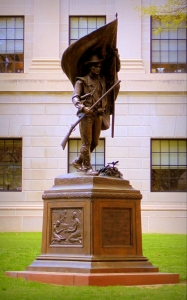
When the U.S. Civil War broke out, mountain folk quickly took up arms to extinguish the rebellion, and their efforts were memorialized in 1912 in a monument raised on the state capitol grounds. The memorial has since been relocated to a lawn near California Avenue and East Washington Street.
Comstock in the W.Va. Heritage Encylopedia in 1976 underscored the loyalty of the mountaineer, citing an article on the monument's installation in the Charleston Gazette, introduced by him in Volume 16, page 3,394, in this way:
"The Mountaineer Statue on the capitol grounds in Charleston wasn't exactly designed to be a statue in honor of a typical mountaineer, as West Virginians think today, but was more in honor of the typical West Virginia soldier of the recent Civil War."
A newspaper report published at the time of the placing of the monument tells the story as it was rather than what it has become. The story, which appeared in the May 9, 1912, issue of the Charleston Gazette, follows:
'Ground was broken yesterday on the location for the soldier's monument to be erected on the northwest corner of the statehouse yard. It is now only a matter of a few days until the base will have been installed. Within the next few weeks, the pedestal and statue will have been erected in their turn. The capital grounds will then have two of the most imposing monuments in the state—one surmounted by a statue of Stonewall Jackson, commemorating the career of a native leader on one side of the world's greatest struggle; the other, about to be standing, in honor of those who, when the nation seemed in imminent danger of severance in twain, responded to the call for volunteers and stood shoulder-to-shoulder on the firing line until the remnant of the hosts of the South had acknowledged the superior strength the opposite arm and made overtures for peace.
'The new monument will be erected on that corner of the grounds bounded on the north by Capitol Street and on the south by Lee and will be on the site formerly occupied by the bandstand, where a 25-foot excavation is now being made for the base of the pile. The pedestal will be eight feet in height, and upon it in turn, will stand a figure representative of a private soldier of the volunteer service — a figure typifying in imperishable stone the sturdy mountain men who, in the nation's hour of peril, marched away to the stirring music of war, staked their lives on the proposition of the great war president that right makes might, and finally saw the bravest of the brave men on the other side give place to the stars and stripes of the federal government.
'The statue will be eight feet in height, and the American flag will wave from a standard extending several feet above the head of the stone figure. Walks of stone or concrete, several feet in width, will extend from the main walks on either side of the monument and a Circular walkway of similar material will enable the visitors to pass upon either side.
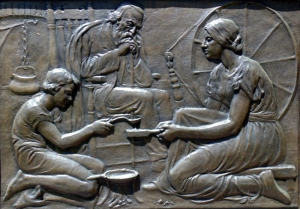
'The figure which is to surmount the pedestal was modeled by Harold K. Bush Brown, of Washington, D.C., and the proportions are those, it is said, of a citizen of Kanawha County, Ellis Hamrick, by name, now a resident of Blue Creek, where he is outside superintendent for the Ohio Fuel Oil Company. Hamrick is a man of striking appearance, being six feet and five inches in height, stalwart, broad-shouldered and muscular, and seemingly a perfect specimen of physical manhood.
'He weighs 260 pounds. He was sent to Washington by William Seymour Edwards to pose for the sculptor, and it stated that the case of the statue would be contributed by Mr. Edwards. The sculptor was working from photographs and measurements of a brother of Mr. Hamrick, but while the work was in its beginning stage, the brother died quite suddenly, and it was then that the present model was chosen. Those who have seen the statue in the making state that it is a perfect example of the sculptor's art.'"
A plaque at the monument's base reads: "Montani Semper Liberi — Dedicated to the hallowed memories of the brave men and devoted women who saved West Virginia to the Union."
Editor's Note: Ellis Hamrick was the brother of Eli "Rimfire" Hamrick, who also, apparently, posed for the sculpture.
Sign up to receive a FREE copy of West Virginia Explorer Magazine in your email weekly. Sign me up!

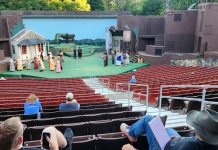
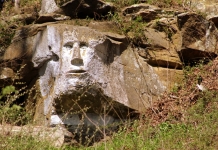


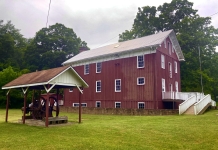
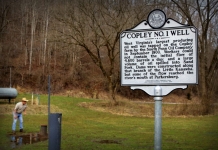
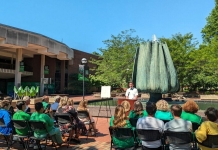
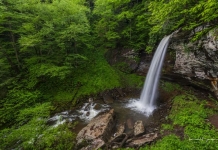

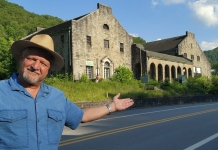


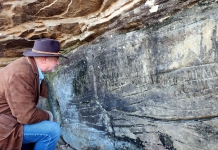

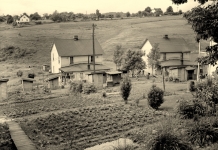
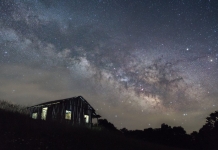





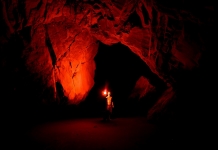
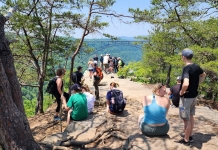

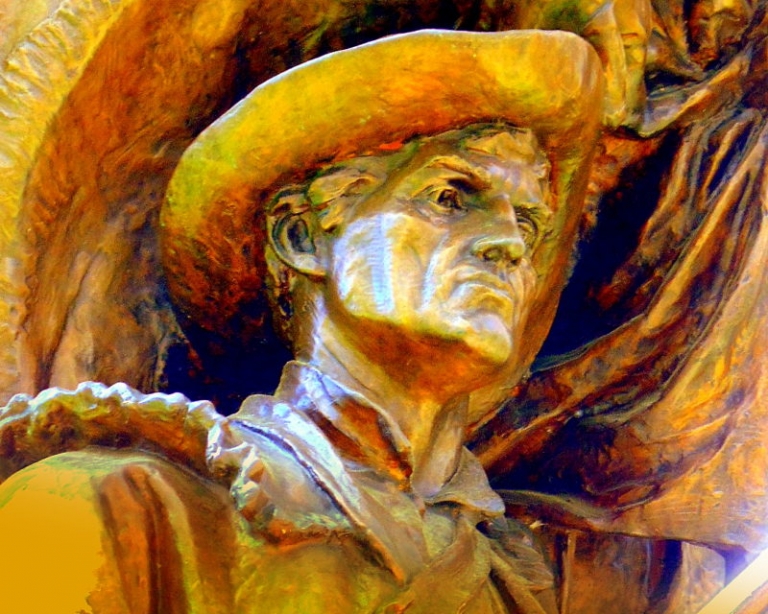




Facebook Comments